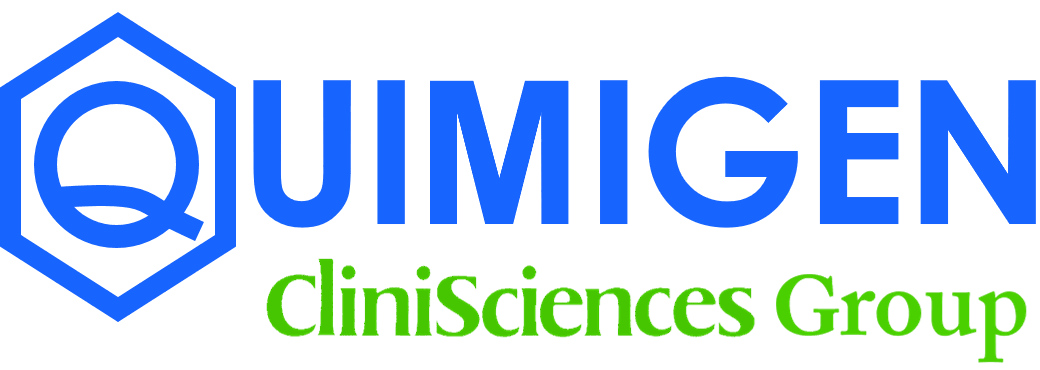
Plant leaf lipids
Plant leaf lipids can be utilized as detergents for the extraction and solubilization of membrane proteins. Detergents are amphipathic molecules that possess both hydrophobic and hydrophilic regions, making them effective at solubilizing membrane proteins by forming micelles. The choice of detergent is critical in maintaining the native structure and activity of membrane proteins during extraction and purification processes.
Several plant-derived lipids and their derivatives have been employed as detergents due to their biocompatibility and ability to mimic the natural lipid environment of membrane proteins. Some examples include:
-
Digalactosyl Diglyceride (DGDG):
- DGDG is a galactolipid and a major component of the thylakoid membrane in chloroplasts. It plays a crucial role in the structure of the photosynthetic membrane.
-
Monogalactosyl Diglyceride (MGDG):
- MGDG is another galactolipid found in chloroplast membranes. Like DGDG, it contributes to the structure and function of the thylakoid membrane, participating in the photosynthetic process.
-
Phosphatidyl Glycerol (PG):
- PG is a phospholipid that contains a glycerol backbone, two fatty acid chains, a phosphate group, and a glycerol. It is a key component of chloroplast membranes and is involved in the regulation of photosynthetic processes.
-
Sulphoquinovosyl Diglyceride (SQDG):
- SQDG is a sulfolipid found in the thylakoid membrane of chloroplasts. It contains a sulfoquinovosyl head group and two acyl chains. SQDG is involved in the structural integrity of the thylakoid membrane and has a role in the response to stress.





